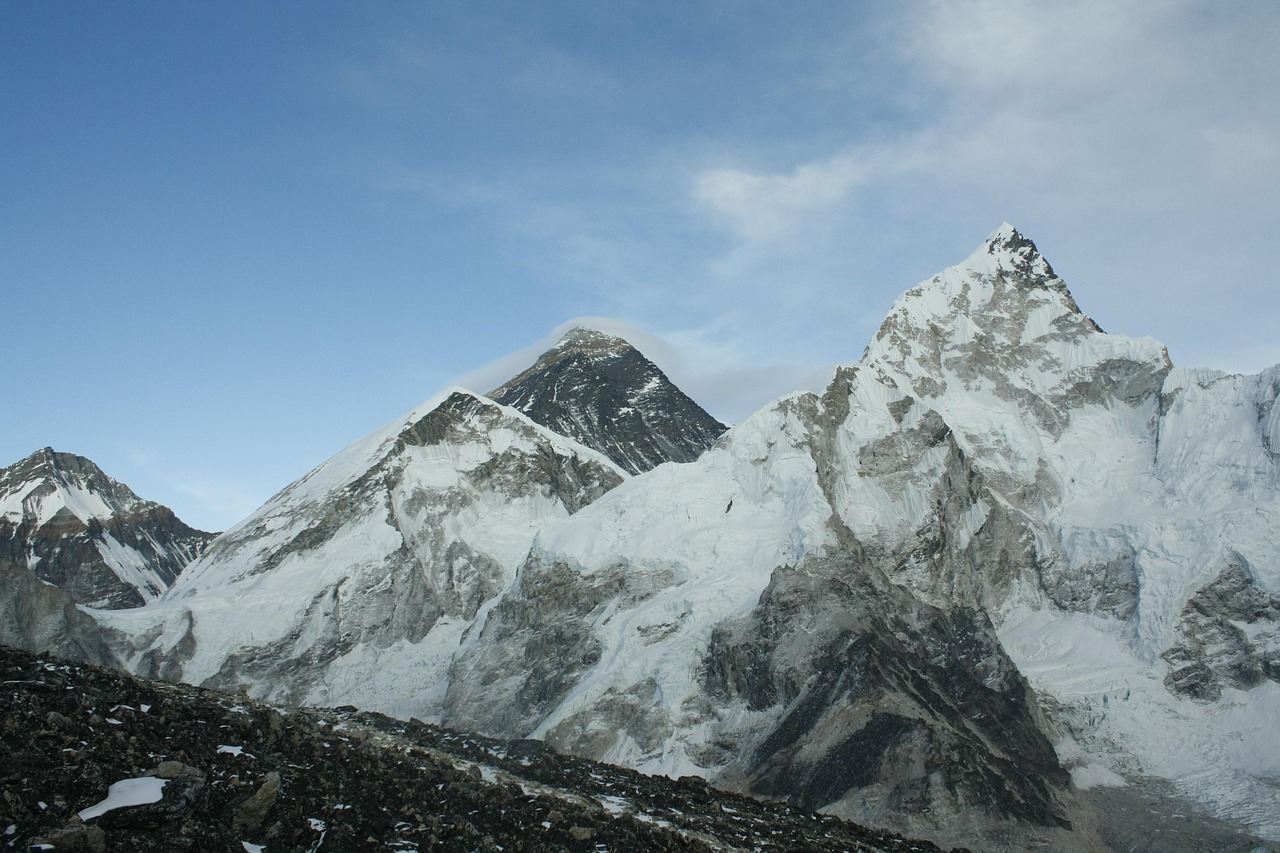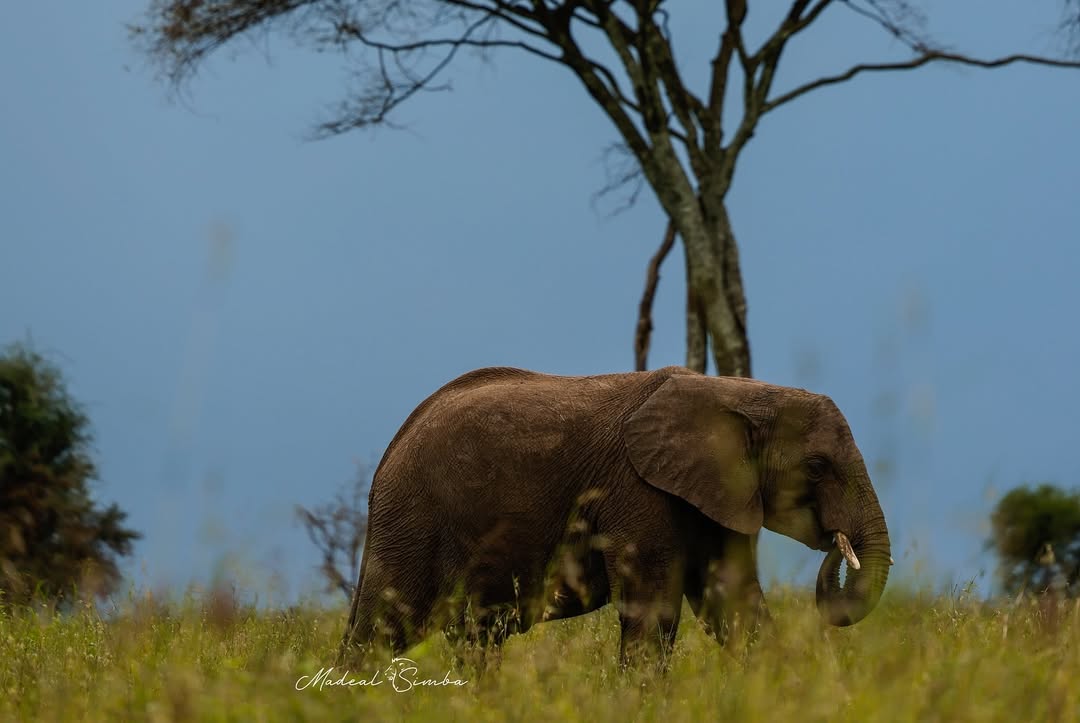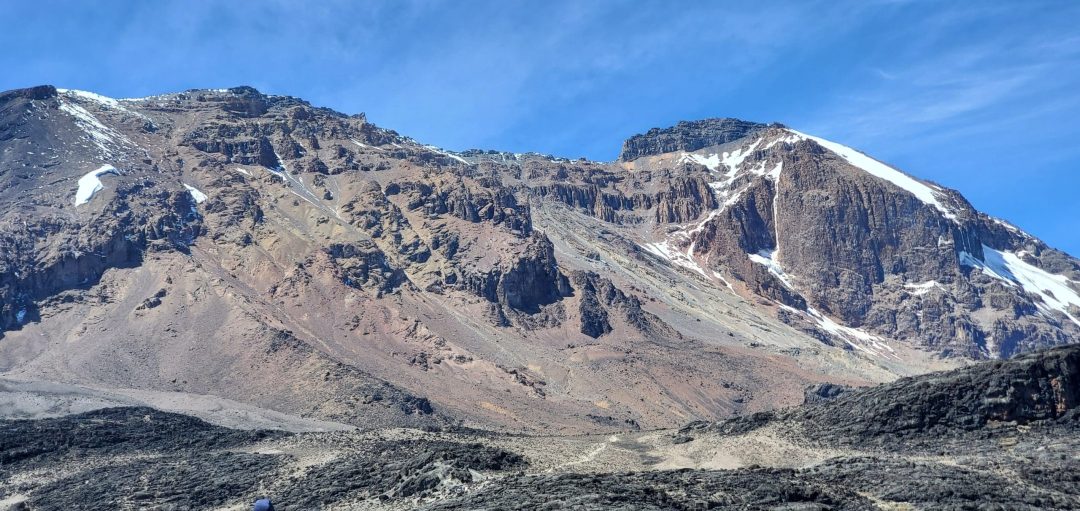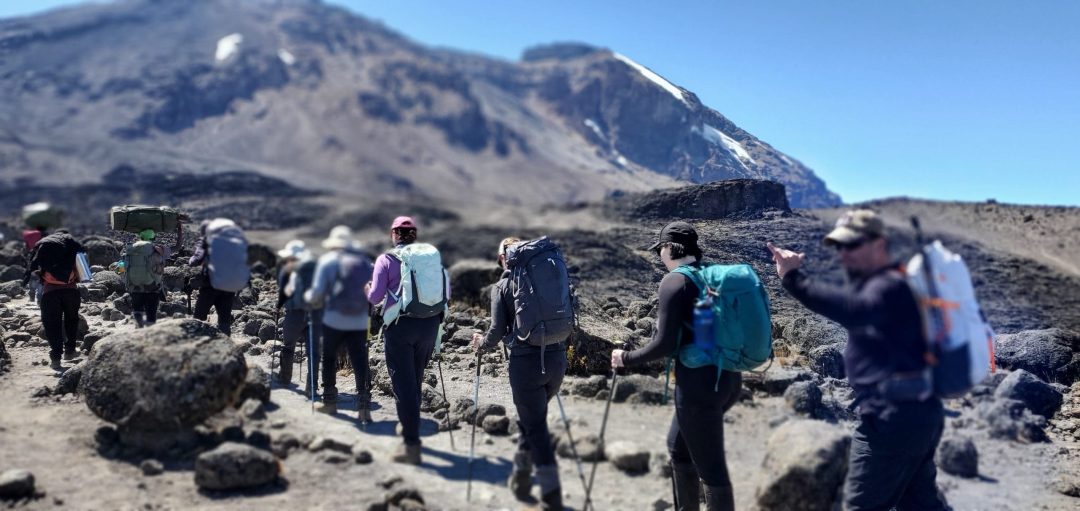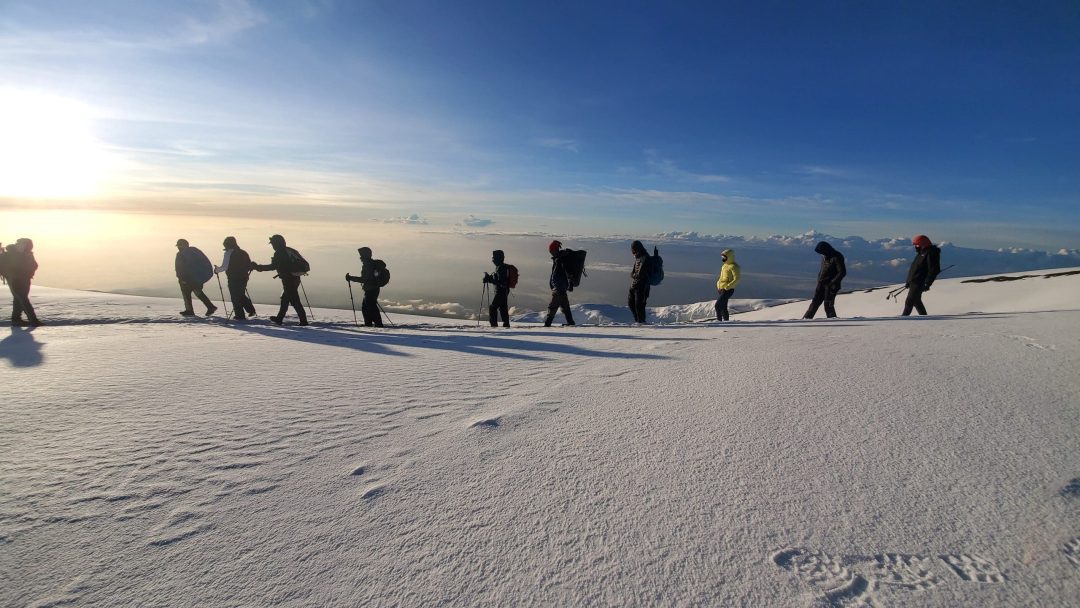Climbing the seven summits is an experience many hikers dream of. As the tallest mountains on each continent, getting to the top of these summits is more than just a hiking experience. It is like conquering the world, one mountain at a time.
But this doesn’t come easily. Each height has unique weather, terrain, and challenges. So, reaching the peaks requires strength, patience, and a whole lot of planning.
The Tallest Mountain on Each Continent
1. Mount Everest- Asia

Standing at a height of 8,849 meters (29,032 feet), Mount Everest isn’t just the tallest mountain in Asia but also the world’s tallest above sea level. It lies between Nepal and China and is a part of the Himalayan mountain range.
Named after George Everest (a British surveyor), Everest has very low oxygen, freezing winds, and experiences drastic weather changes. Close to the summit (8,000 meters upward) is the death zone, where the air is too thin for humans to live.
To climb Mount Everest, most climbers will need to use oxygen tanks. Also, before attempting the summit, people usually spend weeks getting used to the high altitude.
2. Aconcagua - South America

With a height of 6,961 meters (22,838 feet), Aconcagua is the tallest mountain in South America and the second tallest of the Seven Summits. Located in the Mendoza Province, Argentina, Aconcagua is part of the Andes mountain range.
There are three main routes to get to the top of Aconcagua. Two are suitable for trekking, and the third is for technical climbing.
While ropes, ice axes, and other technical gear are not needed when using the usual route, the thin air and harsh weather make climbing difficult.
Like Mount Everest, hikers need to spend some days getting used to the altitude before they start climbing.
3. Denali - North America

Mount Denali has a height of 6,190 meters (20,310 feet), making it the tallest mountain in North America and the third highest of the Seven Summits.
Also known as Mount McKinley, the mountain lies within the Alaska Range, United States, and is known for its extreme cold. At the summit, the temperature can be as low as -40°F, and the wind speed can go over 100 mph.
There are more than 30 routes to reach the summit of Mount Denali, but the most popular is the West Buttress route. To climb the mountain, hikers have to use heavy gear and make plans to set up camps along the way.
4. Kilimanjaro - Africa

Reaching 5,895 meters (19,341 feet) above sea level, Mount Kilimanjaro is the highest peak in Africa and the fourth highest of the Seven Summits.
Mount Kilimanjaro is not part of any range, and this makes it the tallest free-standing mountain in the world.
To climb Mount Kilimanjaro, there are seven main routes to follow. However, the most popular routes are the Marangu and Machame routes. These routes do not require ropes or ice axes. However, that doesn’t mean climbing Mount Kilimanjaro is easy. The thin air on the mountain can cause altitude sickness. So, climbers need to spend some days acclimatising before they climb.
5. Mount Elbrus - Europe

Mount Elbrus stands at 5,642 meters (18,510 feet), making it the highest mountain in Europe and the fifth tallest of the Seven Summits. It is part of the Caucasus Range and lies in Russia, near the border with Georgia.
One unique feature of Mount Elbrus is that it has two summits, one on the west and the other on the east. The West summit is 5,642 meters, and the East is 5,621 meters. However, it doesn’t matter which summit a hiker climbs through; getting to the summit at either point is considered getting to the top of the mountain.
Although climbing Mount Elbrus is not very technical, the cold weather and altitude make it challenging.
6. Mount Vinson - Antarctica

Mount Vinson is 4,892 meters (16,050 feet) above sea level and stands as the tallest mountain in Antarctica and the sixth highest of the Seven Summits.
Named after U.S. Congressman Carl Vinson, the mountain is part of the Sentinel Range, which is near the base of the Antarctic Peninsula.
While there are several routes, the Branscomb Glacier route is the primary route used to reach the top of Mount Vinson.
Climbing Mount Vinson does not require technical gear, but climbers use glacier equipment like crampons and rope. And because the mountain is in a remote location, climbers must fly in by small aircraft and carry all the supplies they will use.
7. Puncak Jaya - Oceania/Australia
Last of the Seven Summits, Puncak Jaya stands at 4,884 meters (16,024 feet) and is the tallest mountain in Oceania and Australia.
Mount Puncak Jaya is located in the Papua Province of Indonesia and is a part of the Sudirman range.
Also called the Carstensz Pyramid, the mountain is made of limestone and is the only one of the Seven Summits found in a tropical region.
Access to the mountain is difficult, and there are limited travel options. Also, unlike some other peaks, climbing Puncak Jaya requires technical climbing skills.
Seven Summits among the mountains of the world
The Seven Summits stand clear of other mountains of the world, and as such, climbing them should not be approached casually.
A general rule for anyone attempting to climb these summits is that they should spend some days near the mountain to get used to the altitude before they start climbing.
In addition, it is also essential to study each summit before starting a climb. What makes climbing difficult is not just the height. Some mountains require technical ascent mastery, while others do not.
Also, a combination of weather conditions contributes to how easy or difficult it is to climb a mountain. For instance, many people find Mount Denali more challenging than Mount Everest, even though Everest is taller.
Denali vs Everest
At first, many people find it surprising that Denali is more difficult than Everest. But there are two reasons responsible for that.
First, there are no porters or Sherpas to help on Denali. This means that climbers have to carry their gear and set up camps all by themselves. On the other hand, Everest has guides, porters, and fixed ropes for support.
Denali is much colder. The temperature at the top can be as low as -40°F, and storms sometimes last for days. Generally, the weather on Denali is less predictable.
So, while Everest is taller, Denali is more physically demanding, as climbers have to carry heavy loads while climbing and also survive colder temperatures.
In Closing
Getting to the peak of the tallest mountains in the world is a feat that everyone who comes out on top should be super proud of.
While many hikers have experience with the tallest mountains in the continental United States, the Seven Summits are a different game entirely.
It is a test of patience, strength, and ability to withstand challenging weather conditions. It’s safe to say that it’s the ultimate hiking test.
Frequently Asked Questions
1. Is Mount Kosciuszko part of the Seven Summits?
Mount Kosciuszko is not part of the commonly used Messner list of Seven Summits. Instead, Puncak Jaya in Indonesia is included because it is the tallest mountain in Oceania and Australia.
However, it is part of the Seven Summits by Richard Bass, an American entrepreneur and a lover of adventure.
2. How long does it take to climb all Seven Summits?
It all depends on the climber’s schedule, fitness level, and resources. On average, it takes most people between 2 to 7 years to complete all Seven Summits.
3. Which of the Seven Summits is the easiest to climb?
Mount Kilimanjaro in Africa is often seen as the easiest to climb. This is because no ropes or technical climbing gear are needed. Also, people with basic fitness can climb the summit.



